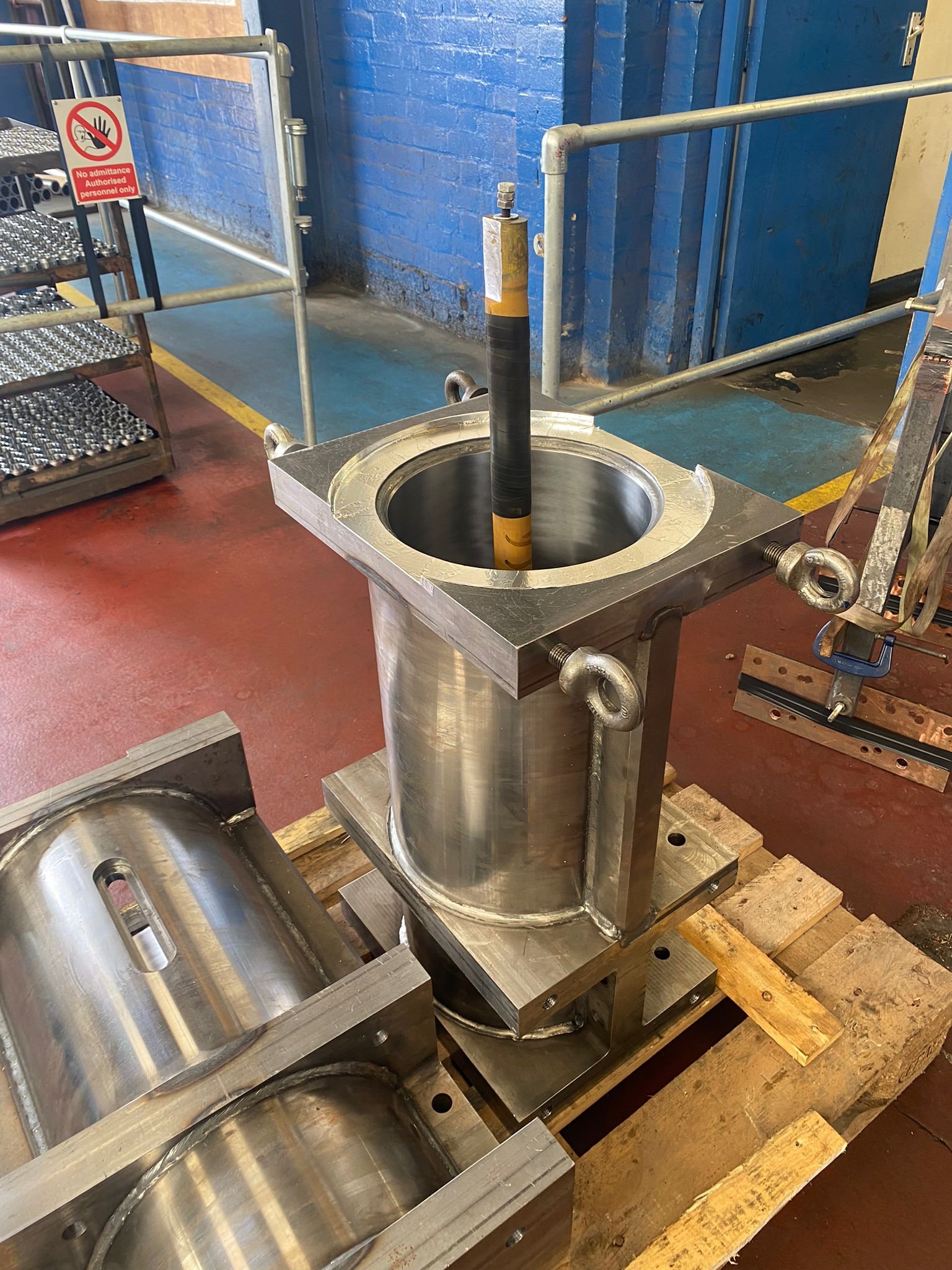view the rest of the comments
the_dunk_tank
It's the dunk tank.
This is where you come to post big-brained hot takes by chuds, libs, or even fellow leftists, and tear them to itty-bitty pieces with precision dunkstrikes.
Rule 1: All posts must include links to the subject matter, and no identifying information should be redacted.
Rule 2: If your source is a reactionary website, please use archive.is instead of linking directly.
Rule 3: No sectarianism.
Rule 4: TERF/SWERFs Not Welcome
Rule 5: No ableism of any kind (that includes stuff like libt*rd)
Rule 6: Do not post fellow hexbears.
Rule 7: Do not individually target other instances' admins or moderators.
Rule 8: The subject of a post cannot be low hanging fruit, that is comments/posts made by a private person that have low amount of upvotes/likes/views. Comments/Posts made on other instances that are accessible from hexbear are an exception to this. Posts that do not meet this requirement can be posted to [email protected]
Rule 9: if you post ironic rage bait im going to make a personal visit to your house to make sure you never make this mistake again


Imagine being able to have a computer that runs a 3D model constantly that doesn't get shit all over it within the first couple of hours. The reason you have prints is so you can, you know, print it out!
Naa. That can be done. I use a computer on the shop floor. I do CAD/CAM on the shop floor. Yeah, the computer gets fouled up with oil and shit, but fuck it. If it dies, buy a new one. Operating expense. We also have tablets at each workbench. Nothing is stopping us from having an app for viewing 3D models on there. Some people in that thread were like "oh it wouldn't make sense to buy a CAD seat for every machinist." No, that's not it either. Just pirate that shit. Even if it were free, it would be a stupid idea.
A print is nice, because it can be marked up. I can pull out a pencil and add notes. I can highlight dimensions on it. I can walk it over to an engineer and POINT at a feature (or even, when proper characteristic maps are made, just reference a feature number in a phone call or an email).
Prints have a design language to them which allows you to express fully constrained geometric designs on a napkin if you need to. Dimensions, radii, diameters, angles, datums, positions, projections, sections, GD&T. None of this is obvious in a 3D model. You don't know what the driving dimensions are, what can be inferred from other dimensions, if it is a coincidence or a requirement that two features line up, etc.
There are rules to engineering prints. You never dimension a feature when it can be inferred from other dimensioned features. Dimensions are added until nothing is ambiguous, without constraining any feature more than once. It is formulaic. This is fundamental to how manufacturing processes are developed and how inspection plans are generated. It is the fundamental way of proving the geometry of a part has been fully considered. And then once you have it, you can send it to any shop in the WORLD and they will understand exactly what you want. They will be able to inspect parts and know exactly what to accept / reject.
I do a lot of one-off shit in the shop, making fixtures and custom inspection gages. A lot of times the programmers will skip making a blueprint for things like this and just send me a STEP file, which is FINE. I can select the geometry I need from the STEP file, turn it into a toolpath, and cut it, but it tells me NOTHING about what tolerances I'm aiming for, if it is better to go over/under size, which dimensions are the most important, or what datums I should be referencing when I fixture the part in the machine.
Tbf engineering 3d models should also be this. They're usually not, but
constraining a CAD model and communicating tolerances like datum, or runout vs cylindricity are very different things.
I recently fixed up a colleagues cad model and he left everything blue :( it sucked when one dimension needed changing.